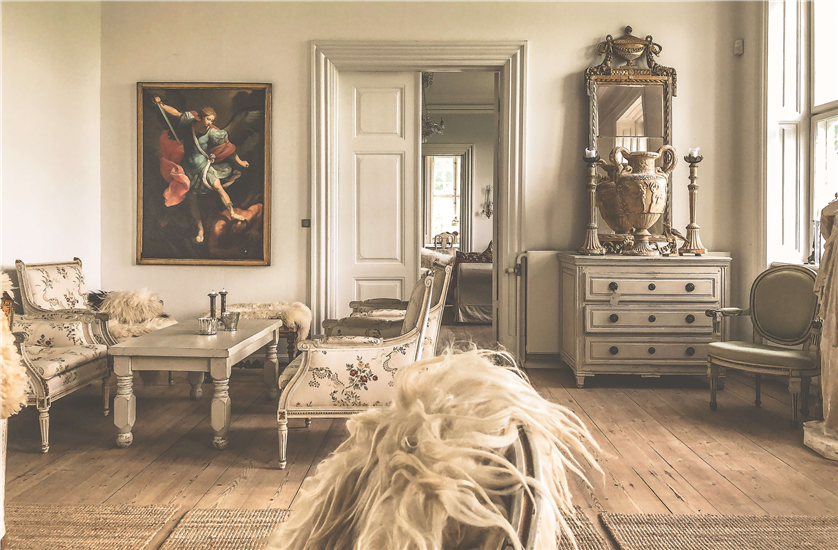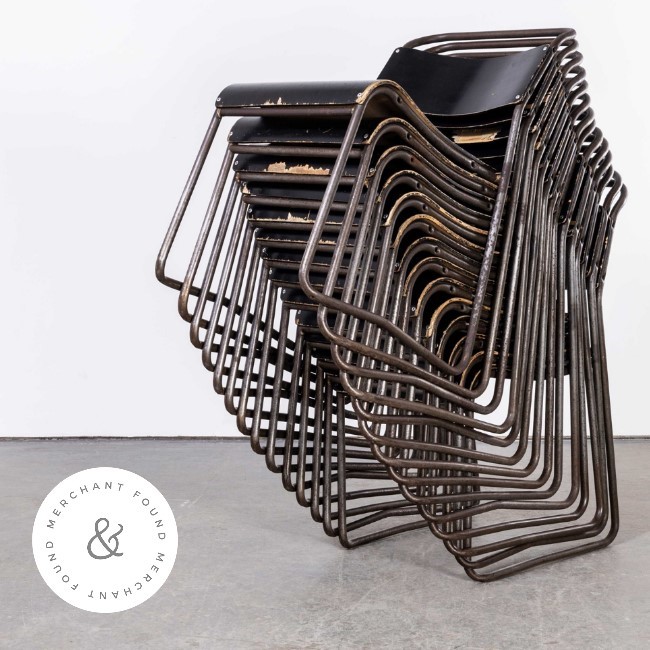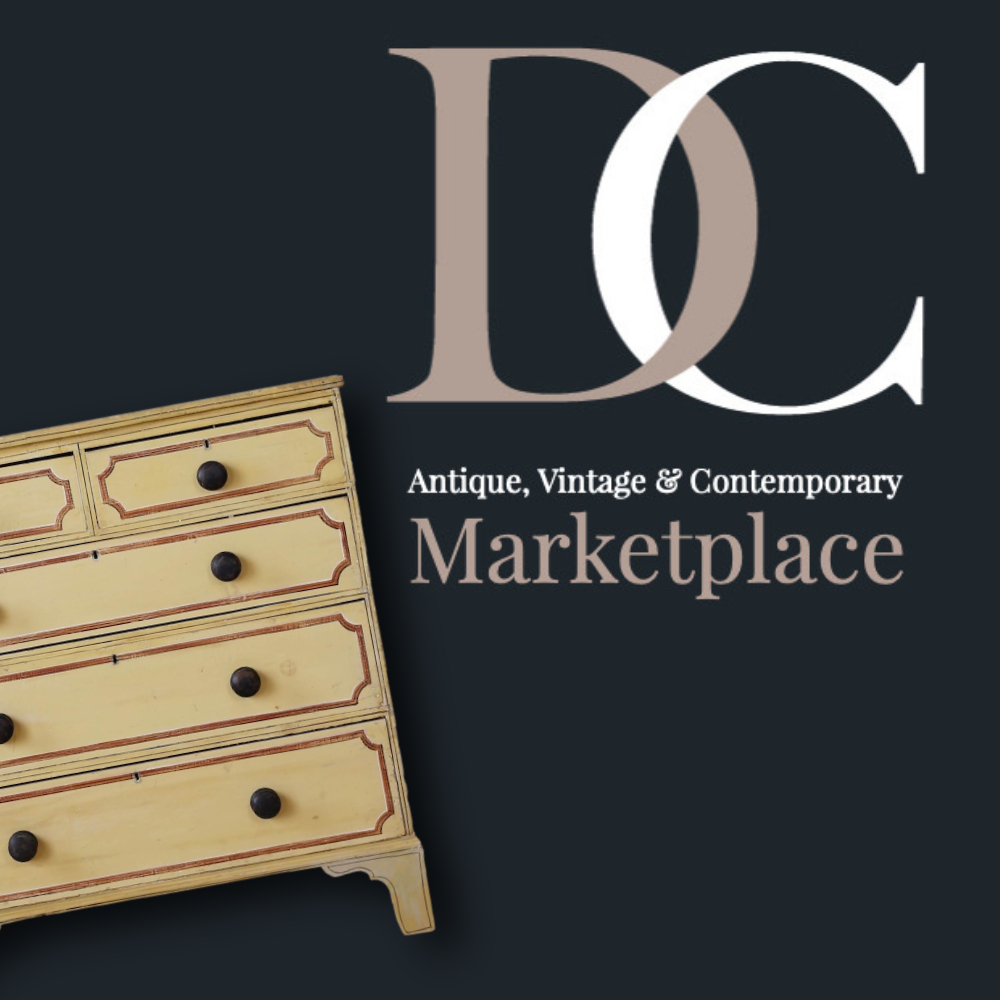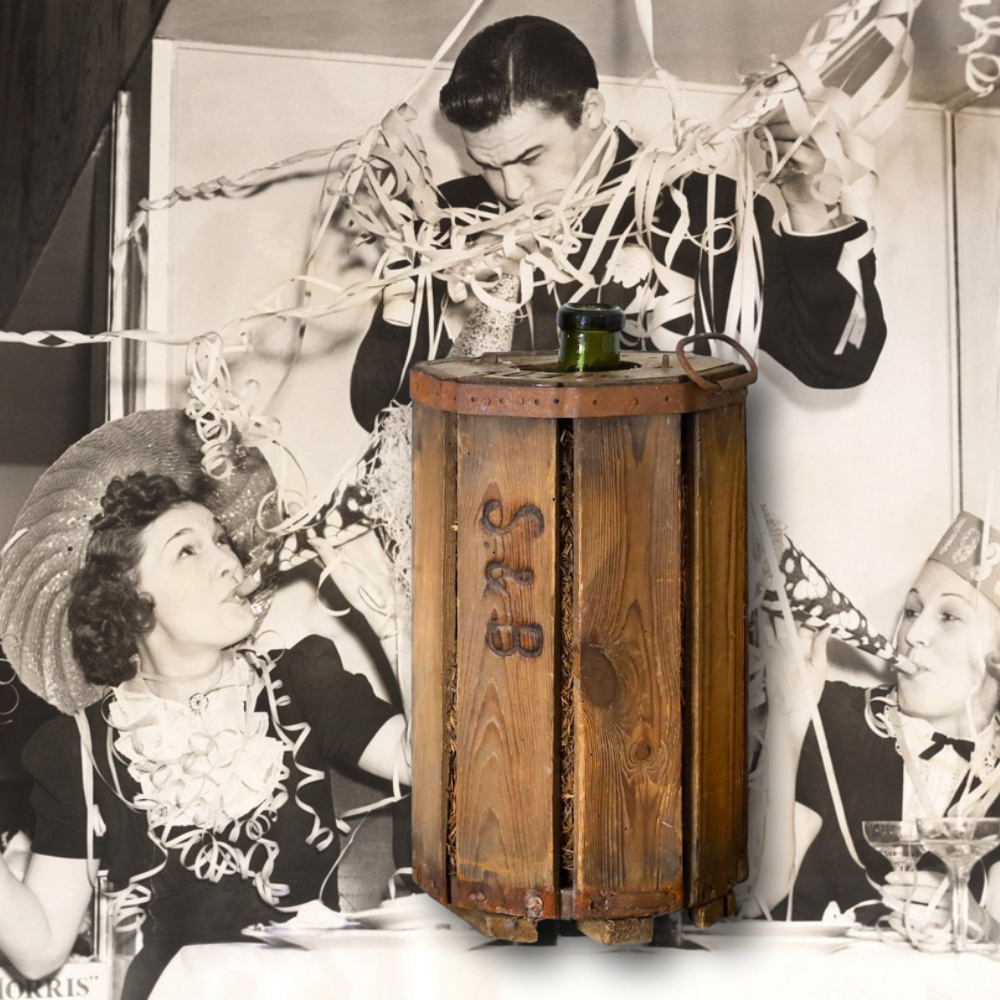
Antiques are valuable, whether in terms of cost or sentimental value, which means they need to be looked after. Failing to take care of your antiques can lead to damage and reduce their value, as well as their beauty.
This is why it’s important to know what you should avoid if you want to preserve the beauty of your antiques. Whether you’re putting them in storage or have them on display at all times, understanding the right way to treat them can ensure they continue looking amazing for years to come.
With this in mind, here are five things you should never do to an antique.
1. Neglecting Your Antiques
Neglect is one of the biggest things that can damage an antique. You need to understand the proper care that is required to keep an antique item looking great but also to preserve its integrity.
Neglecting antiques can mean they develop damage over time. For example, wooden antique furniture can dry and crack, upholstery can become stained and books or pictures can become incredibly fragile.
Whatever type of antique you have, you should learn about the best ways to maintain it. This will allow you to care for it correctly, which will keep it usable and beautiful for years.
2. Storing In Direct Sunlight
Direct sunlight is hugely damaging to all antiques, affecting their value, the way they look and even how well they function. Carefully placing your antiques so they are not subjected to direct sunlight or heat from the sun – such as in a conservatory – will ensure they remain in great condition.
A general rule of thumb is to store them somewhere where you would be comfortable, meaning away from light, heat sources and extreme cold. This doesn’t mean that you should keep your antiques in total darkness, however, as stacking them up in the attic or basement can also result in damage.
3. Failing To Research Your Antiques
Knowing more about your antique pieces can help you better understand how to look after and preserve them. This doesn’t mean you need to know absolutely every tiny detail about how they were made (although good knowledge and proof of providence can help you get a better price if you want to sell) but understanding how to clean, refinish and restore your antiques can help keep them in the best possible condition.
Cleaning is especially important as many modern cleaning products can be highly damaging to antique furniture as they are too abrasive. Understanding the best way to clean specific antiques will preserve their beauty and avoid damage, as well as take care of the materials they are made of.
Similarly, restoring antiques can require various techniques that are not commonplace nowadays. Understanding the best way to go about restoration will help you avoid devaluing your item and causing damage that cannot be repaired.
4. Not Storing Them Correctly
Correct storage of antiques involves more than avoiding direct sunlight. Subjecting them to dampness, stacking items up, not using the right materials to protect them and more can mean that your antiques come out of storage looking worse for wear.
Finding the best place to store pieces, ensuring they are properly protected and making sure there are easy access routes through your storage are vital to preserving your antiques. Ideally, you want to store antiques in a temperature-controlled room away from direct sunlight, heat sources, damp and extreme cold.
You should use clean dust sheets to protect furniture and acid-free paper for photos, paintings, books and clothing. Furniture should be stored with gaps between each piece to avoid scratches and framed pictures should be stored vertically.
If you want to display your antiques, similar rules should be followed. They should be put somewhere out of the way so they don’t get damaged. Placing antique furniture against walls can help avoid it getting knocked, while smaller antiques should be stored in display cabinets for extra protection.
5. Allow Children And Pets To Access Them
Both children and pets are curious and can be a bit clumsy, which can be bad news for your antiques. Pets can climb on, scratch and chew antiques while children will likely want to touch or hold pieces. All of this can cause damage or even lead to complete breakages.
It is a good idea to put your antiques out of reach of children and pets where possible to help keep damage to a minimum. This may mean putting furniture in storage while they’re young and still learning or even locking cabinets so smaller items can’t be picked up or knocked.






